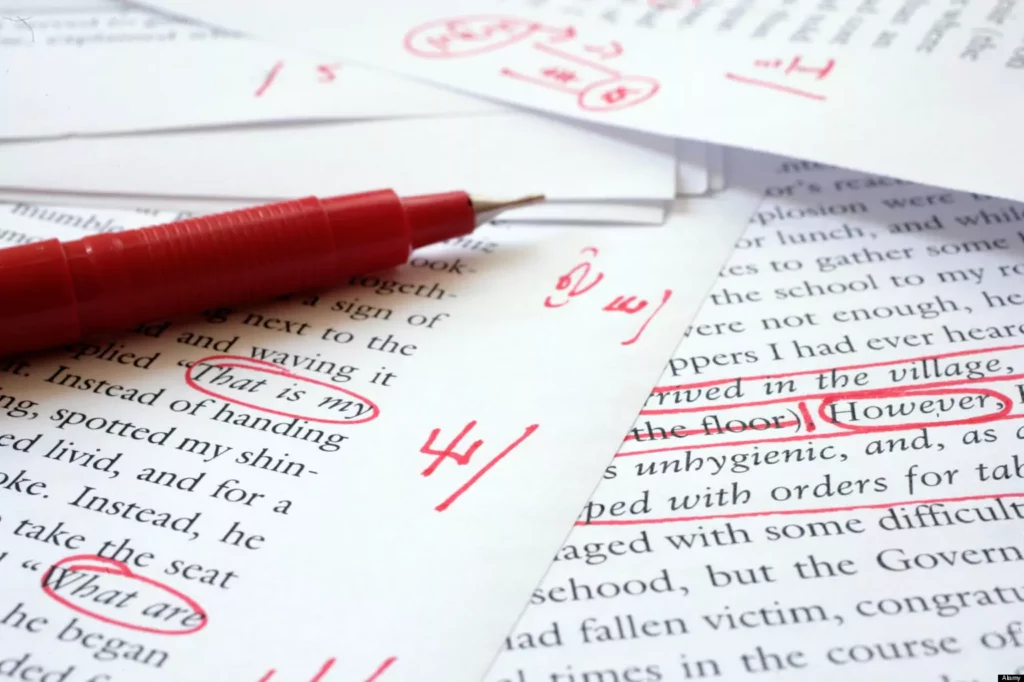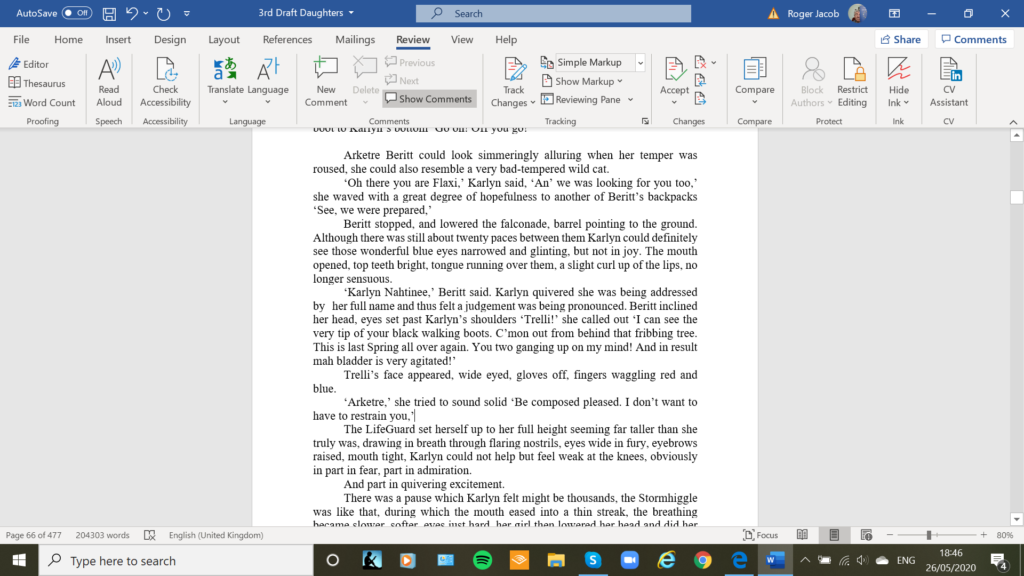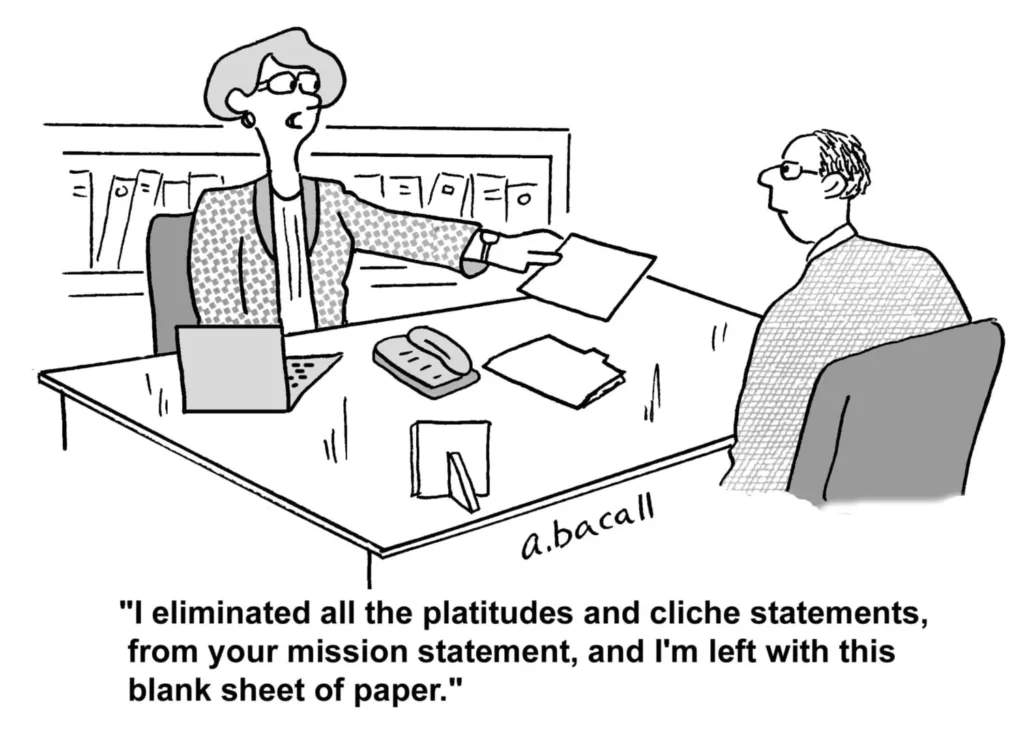Revise, Refine, Rewrite: Expert Self-Editing Tips for Writers
Author: Team WH
Published On: 06-07-23
Last Updated on: 11-12-23
Estimated reading time: 4 minutes
You read through a blog that you have just finished writing and are filled with doubt. “Did that sentence sound natural? How did I miss that typo? The pacing seems off.”
Has this ever happened to you?
Well, fear not – all your article needs is some self-editing! Erase those errors and unveil a cohesive and powerful content writing that will leave readers spellbound.
This blog will equip you with the ultimate arsenal of editing tips for writers to transform your work. Conquer those pesky typos, tangled sentences, and glaring errors with these self-editing hacks!
6 Awesome Self Editing Tips for Writers
Before you start the editing process, there are a few basic guidelines that you must know.
- Divide your editing into several steps. Go through the text in multiple rounds and look for related errors. The first check could be sentence formation, the next for filler words and then spelling and grammar.
- Understand the audience you are catering to and use style guides to help you become a better writer. For instance, copywriters use the AP Style Guide, while long-format blogs follow the Chicago Style Manual.
- Nix those adverbs. You really do not need adverbs to convey a paragraph’s tone. Delete these ‘-ly’ words, and your writing will become stronger.
Other helpful hacks for editing your writing are mentioned below!
Time Your Edits Well
It’s tempting to edit right after you finish writing. However, editors recommend taking a break and putting some distance between you and your article.

Looking at it with a fresh pair of eyes can help you spot obvious errors and syntax goof-ups more easily!
Voice It Out
This editing tip for writers may sound funny, but it works!
Grab a glass of water, shut those doors, and start reading your work out loud. Sounding out those sentences will help you spot clunky phrases, unnatural flows, and lapses in writing voice. Use Microsoft Word’s ‘Read Aloud’ feature if you are in a pinch. You can highlight your changes as well.

Don’t bash it before you try it!
Remove the Fluff
Deep breaths! You have met the word count, but now it is time to make those words count.
Look for repetitive sentences, filler words and unnecessary explanations in your writing and remove them. Bid farewell to weak transitions, cliches and jargon. Let your writer ego take a backseat and brutally trim anything that does not deliver value. While we understand that search engines love longer articles, always remember that it is quality over quantity if you desire repeated readers.

Take a hatchet to your first drafts and say hello to a leaner, meaner and more succinct article!
Simplicity Does Matter
For most readers, shorter and simpler sentences are easier to comprehend. Ramble on, and you are most likely to lose your reader’s attention.
It applies to paragraphs as well. Shorter paragraphs of 2-3 sentences are ideal. So, ditch the flowery language and pen down your thoughts in a straightforward manner!
Passive Voice Must Be Avoided
What exactly is passive voice?
(Hint: We included it in the heading above!)
It is any sentence where the ‘object’ precedes the verb. It causes longer and more complicated sentences. For instance, you can rewrite the title for this point as ‘Avoid passive voice.’
Identify instances of passive usage and convert them into active voice.
An editing tip for writers– Hemingway editor is a great tool that can help you in identifying the passive voice use instances in your writing.
Proofreading- The Last Step

When you finish removing the non-essential, repetitive, complicated words and rewriting sentences, you are ready for the final step of self-editing- proofreading.
It is the process of going through your article to find grammatical and spelling errors. Experts recommend leaving proofreading to the end because of the multiple sentence and structural changes that will happen to your work.
Doing this first is a waste of time and effort. Finalise your basic paragraphs and sentences before working on the minute grammar errors.
Wrapping Up
In the vast world of content writing, the editing process is generally left to specialised editors. It’s no surprise, really. It can be a daunting and laborious procedure, requiring a keen eye for detail and a commitment to perfection.
However, by editing your writing yourself, you are enhancing your writing style and avoiding constant errors that may slip through the cracks. Take the reins and refine your skills, one edit at a time!
Modern-day allies like Grammarly and Hemingway Editor make this job easier by spotting inconsistencies in the text. They offer tips on improving grammar, style, and readability, helping you create content that delivers value.
Embrace these editing tips for writers and deliver content that attracts and impacts.
Frequently Asked Questions
1. What is the ideal sentence length for a long-form content piece?
The rule of thumb is to have sentences between 15-20 words. You can occasionally write longer sentences, but ensure you use simple words and the concept is easy to understand. It is also important to use short, emphatic statements regularly.
2. What are some tips for identifying and eliminating clichés during self-editing?
Avoiding clichés is necessary to preserve the authenticity of your tone. Look for overused and unoriginal lines in your content form. These can be well-known facts, often-repeated phrases and idioms. Omit or rewrite these sentences completely.
3. What are some self-editing tips for copies?
- Identify if the purpose and message of the copy are clear.
- Remove redundancies and filler words.
- Get feedback on the overall tone, flow and copy effectiveness.
- Stick with an active voice.























































































































